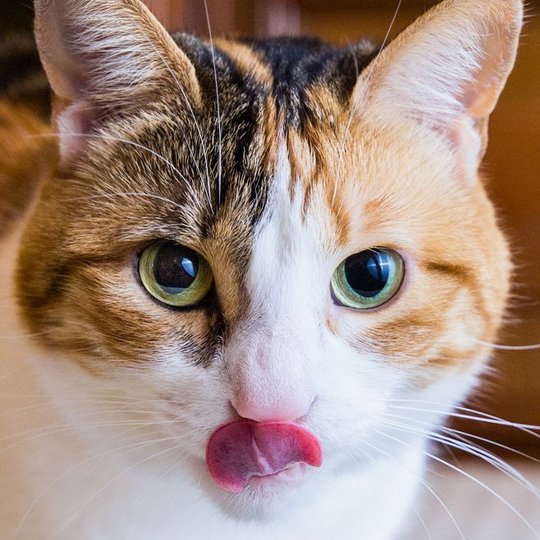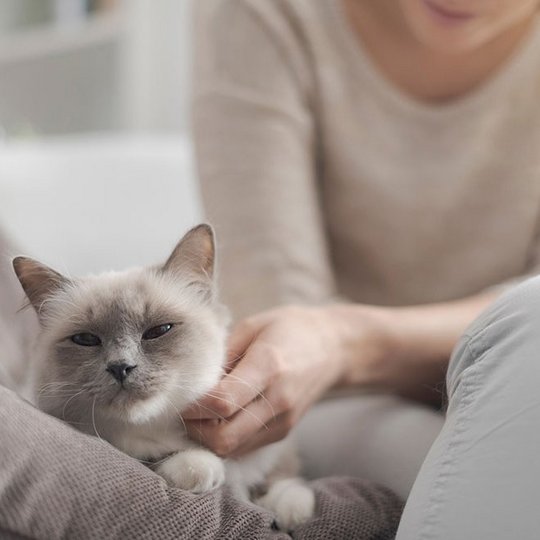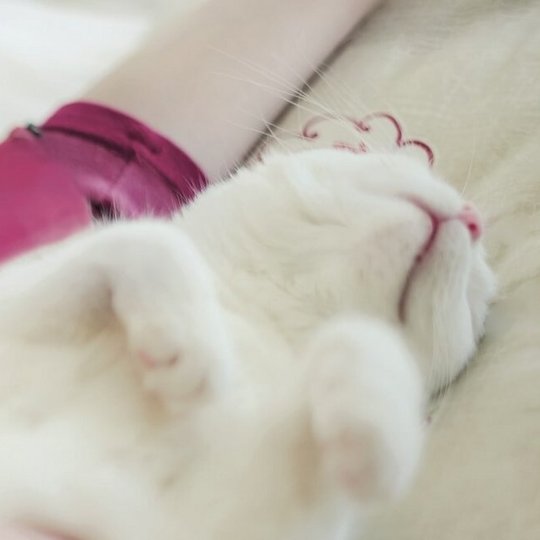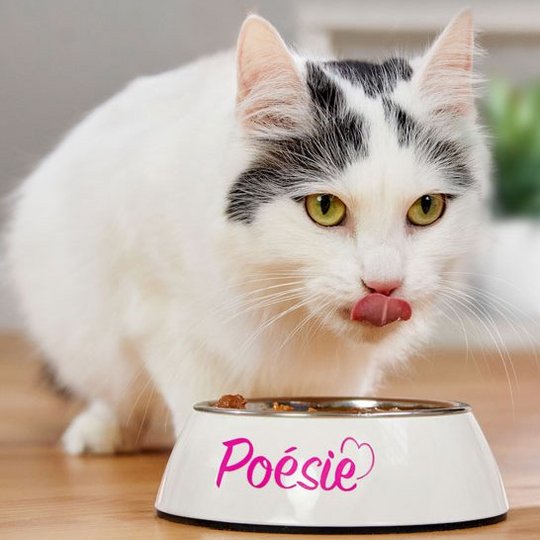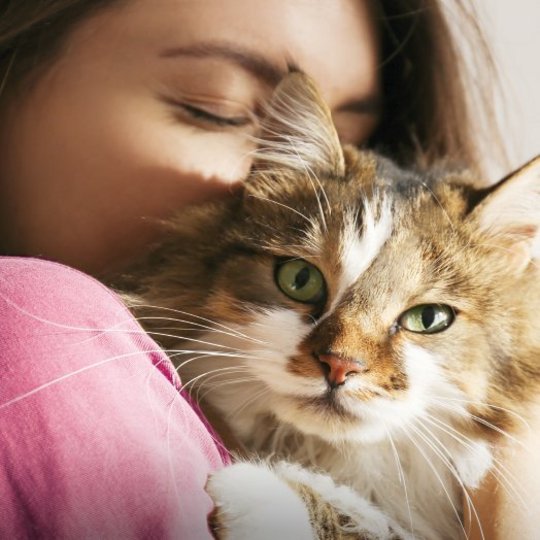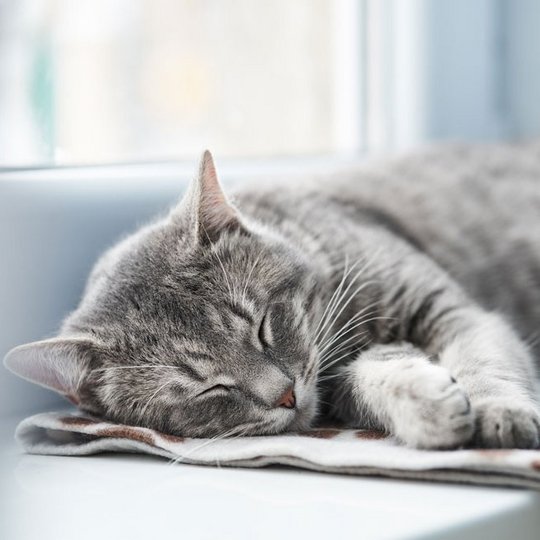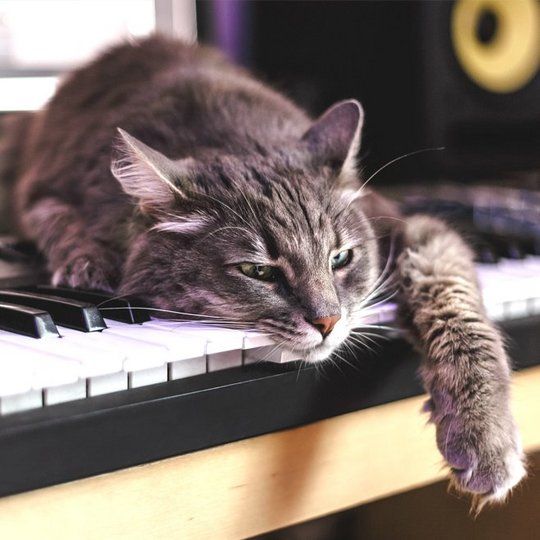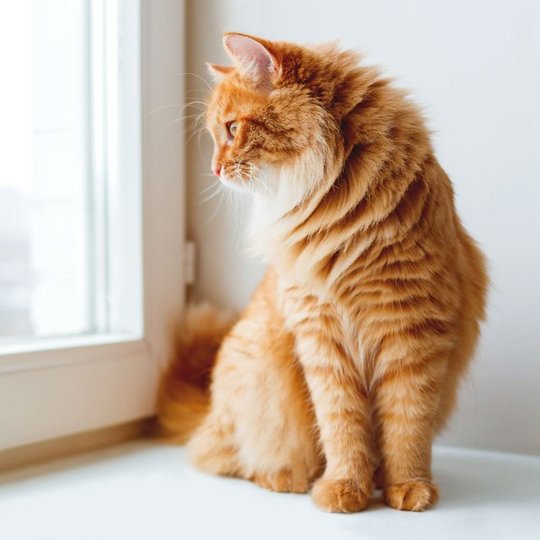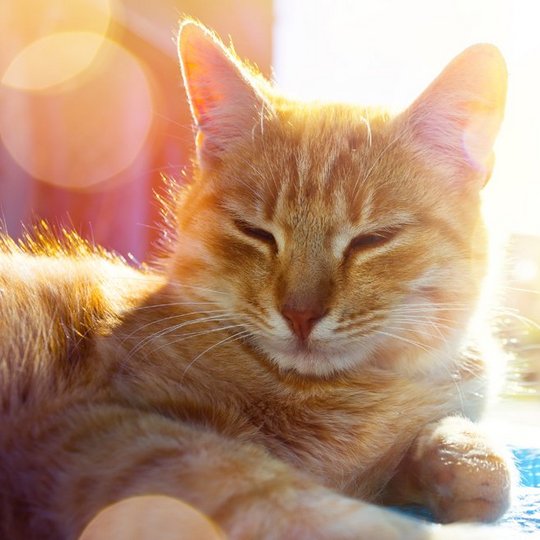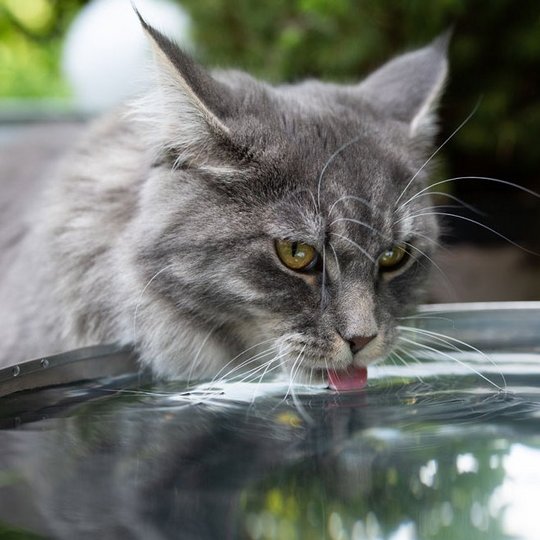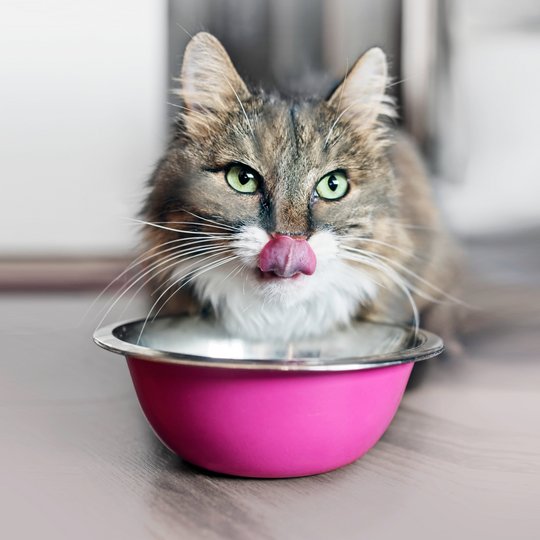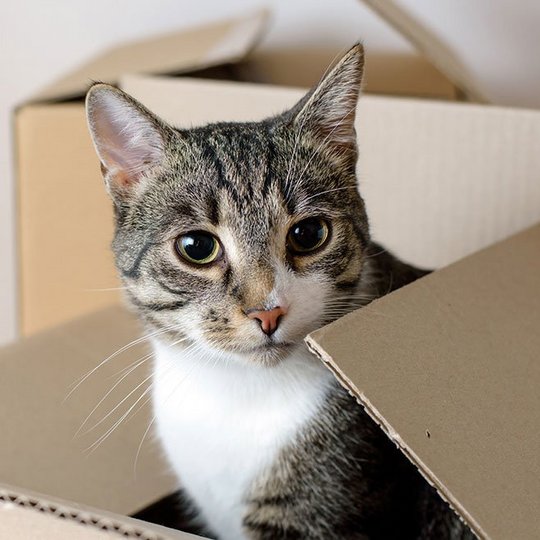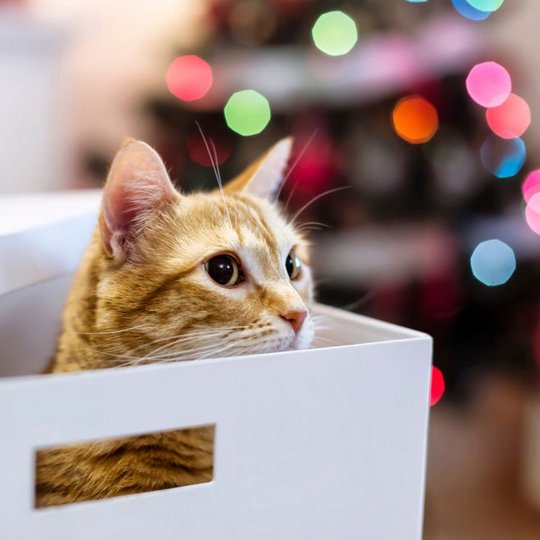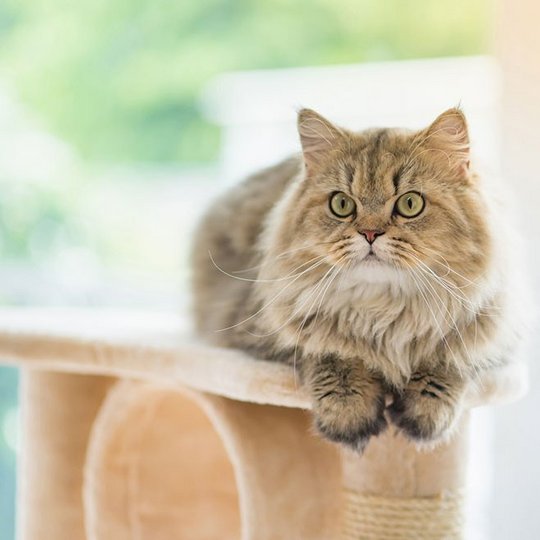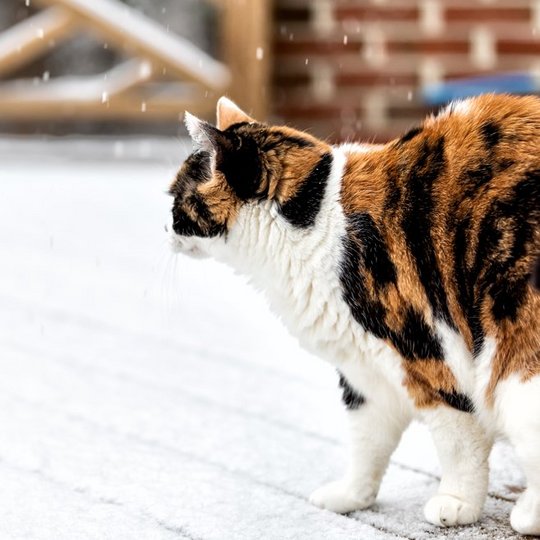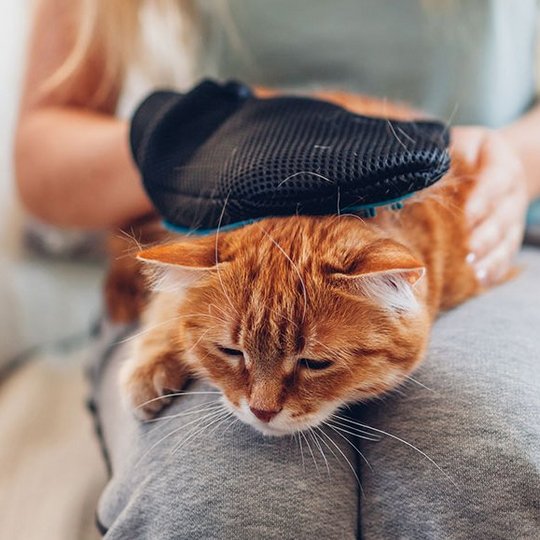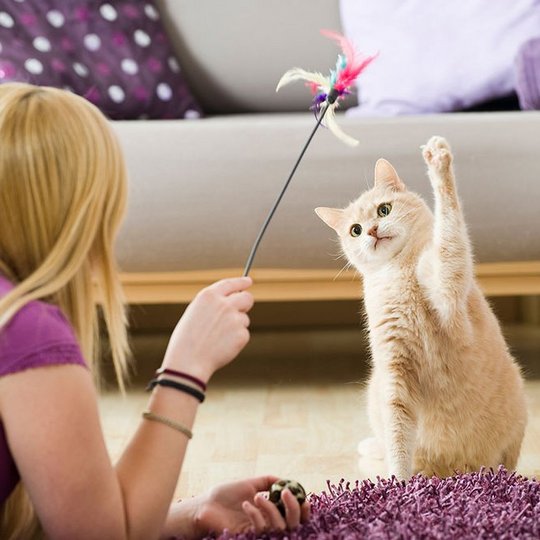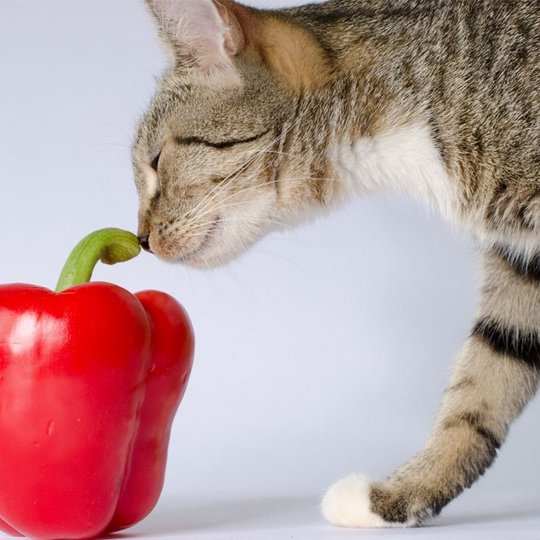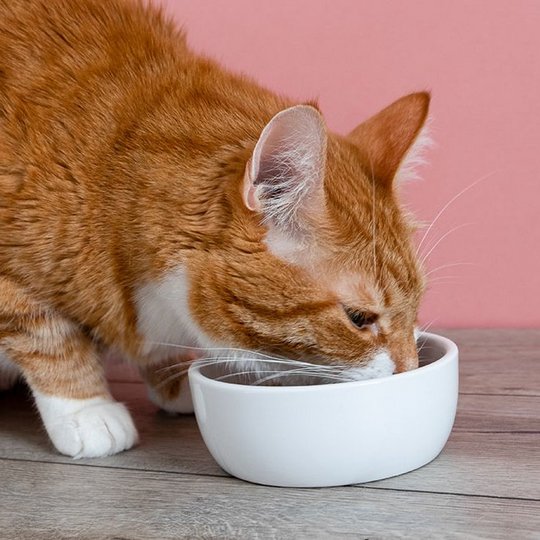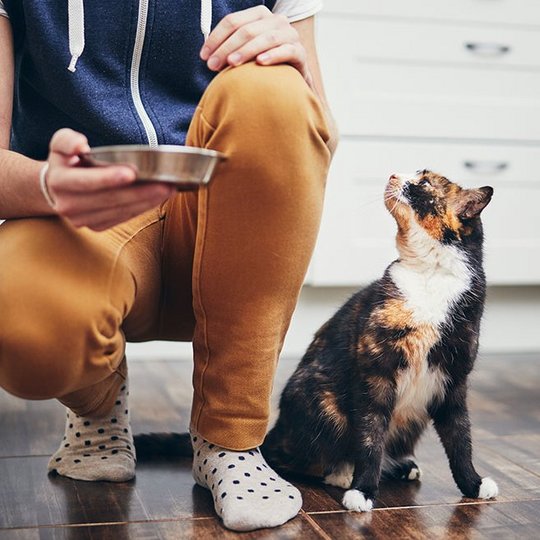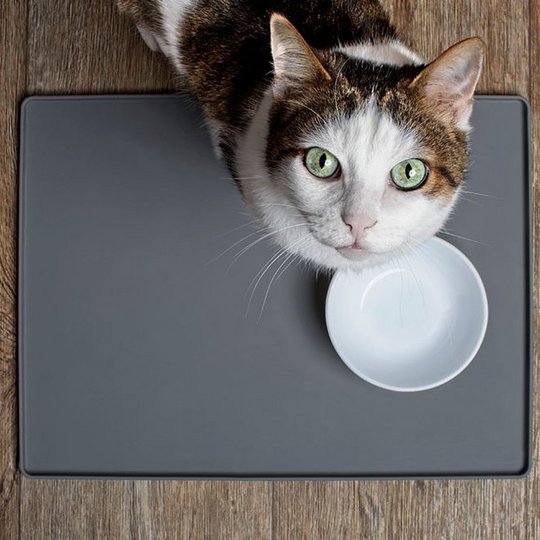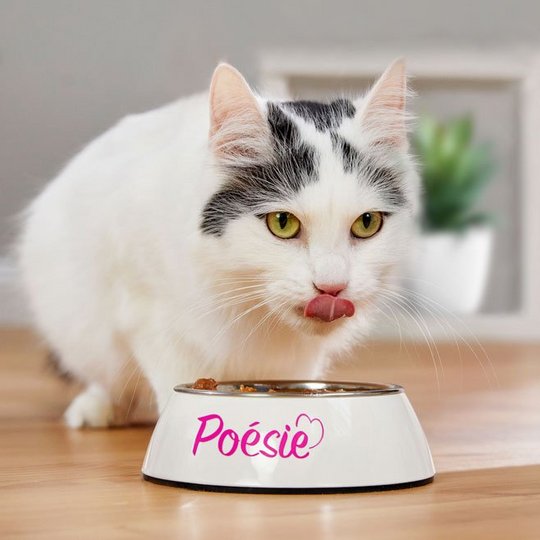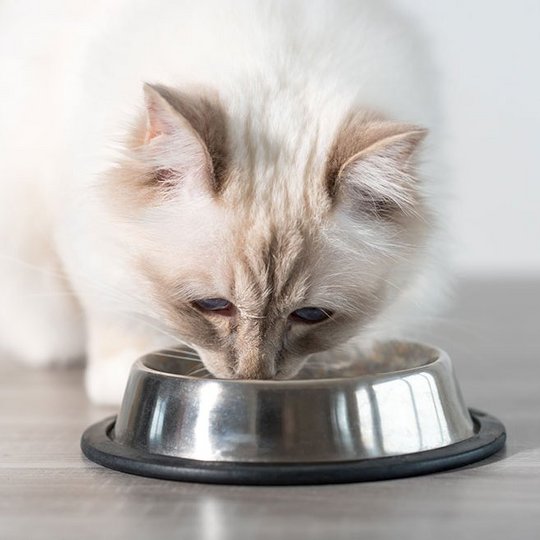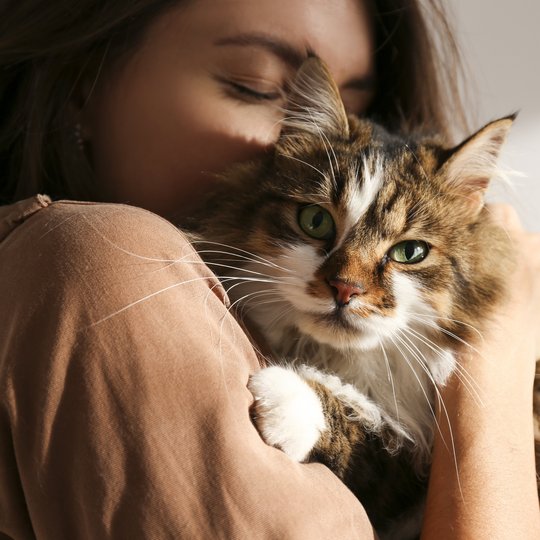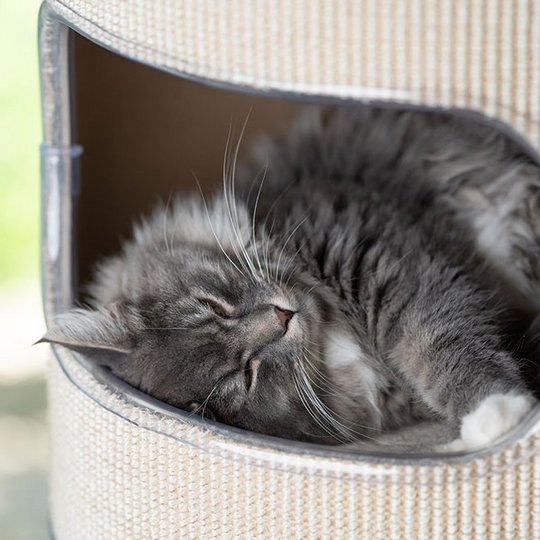Cat knowledge guide
-
Which cat suits me? And what do I need as initial equipment?
Pedigree cat or “normal” house cat? Every house cat has its own character – the affiliation to a certain breed is not decisive. Basically, the cat you decide on depends on your personal taste. Our breed profiles can help you with making this choice.
Tips for the purchase
Many cat lovers come to their cat by change. For example, because their friends’ cats have had kittens. Cats are also advertised in the classifieds of the daily newspaper. In addition, your pet shop can help in the search for a cat. For example, there is often a bulletin board where kittens or foundling cats are advertised. Another good option is an animal shelter. There are always cats waiting for a loving home.
A pure-bred cat is best bought from a responsible breeder. Addresses can be obtained from the vet, cat breeders’ associations, or pet shops.
A healthy kitten can be recognised by
- the exuberant and lively behaviour
- a soft, shiny coat
- pale coloured gums (redness may indicate inflammation)
- a dry, warm nose (free of discharge or mucus)
- clear eyes
- clean ears
Check-list for the initial set-up
In order to feel really comfortable, the cat needs not only food but also some accessories:
- A cuddly place that is reserved for them alone
- Feed bowls (e.g. made of stainless steel) and a drinking bowl
- A litter box with an inward curved rim
- Odour-binding cat litter (e.g. Vitakraft Magic CLEAN®)
- Litter scoop for removing cat faeces
- Toy (e.g. ball) for occupation
- Comb and brush for grooming
- Cat tree for climbing and sharpening claws
- Transport container for visits to the vet
- Main feed for the daily diet
- Snacks as a reward (e.g. Vitakraft Cat Stick® or Cat Yums®)
-
How do I feed my cat correctly?
The basics of nutrition
Our domestic cats are actually still hunters. Their bodies are adapted to use meat and high-quality animal proteins. Nevertheless, cats are not pure carnivores: Wild cats also consume vitamin-rich, plant-based food components via the stomach contents of their prey. Our domestic cats therefore need a balanced diet, especially one that is rich in protein and precisely adapted to their particular needs. As real gourmets, they love variety – and the Vitakraft range leaves nothing to be desired in this respect!
The feed types
Main feed:
A balanced main feed (e.g. the delicious POESIE®) covers your cat’s basic nutritional requirements.
Snacks:Such treats serve primarily to spoil the cat. At the same time, a snack should also be species-appropriate and healthy. It can even fulfil an additional task (e.g. support tooth care as with Crispy Crunch dental care).
Tips for feeding
- Cats like several meals spread throughout the day
- Always serve food at room temperature
- Feed at set times
- Measure the portions so that there are no leftovers
- Remove perishable food
- Wash the bowls after each meal
- Feed a varied diet
- Continually offer fresh drinking water
- Cats eat grass (e.g. Vitakraft Cat Grass), in order to regurgitate hair swallowed during cleaning and to absorb important nutrients. Give only lactose-reduced or lactose-free milk because normal cow’s milk can cause digestive problems in adult cats.
-
How do I correctly interpret the behaviour of my cats?
Behaviour
Even in ancient Egypt, cats were highly valued. It was the cats that sought closeness to the people: The grain supplies of the people attracted many mice – and the cats took over the job of the mouse hunters. This made them so valuable to humans that they were even worshipped as deities.
Cats radiate calm and security and sometimes behave almost human. They show their affection through loving physical contact and can be offended if they want more attention. With their intelligence and their extremely fine sense for moods, they know exactly how their human is doing at the moment.
Whether in a family or in a single household: The cat is highly adaptable and can adjust to (almost) any life situation if handled lovingly. If your cat is used to this from an early age and you spend a lot of time with it, it can therefore also be kept in a city apartment.
The new “family member”
Initially, a cat needs a little time to get acquainted with the unknown environment. However, if you stay close to it and talk gently, it will explore its new territory with interest and soon feel at home.
Cats greet “their” human by rubbing their little head against them. Cats also show their sympathy to each other in this way.
Even several cats understand each other
Cats love the company of humans. But they also make friends with other cats. However, it is best if each cat has its own territory in your home.
As a rule, two cat siblings get along best. However, it is also possible to keep a young cat together with an older one. It is important that each animal has its own food bowl and the older cat continues to get its usual strokes.
Lovers of certain breeds often report that some pedigree animals are particularly good to keep in multiples (e.g. the temperamental Siamese or the calm Persian cats).
Use of the litter box
There is little need to train cats because they instinctively know many important behaviours (e.g. the use of the litter box). Cats are naturally quite clean and often learn house-training from their mothers. A young kitten should be put in the litter box after every meal; it will then quickly understand that this is the place to do its “business”. However, because the litter box is the only place in your home to scratch, it is often visited quite instinctively.
-
How much care does a cat need?
Coat and grooming
Cats are quite clean and groom themselves extensively several times a day. However, every now and then, a few additional grooming procedures are necessary.
Fur care
Short haired cats should be brushed every now and then during the change of coat in spring. Long-haired cats are groomed regularly with a special metal comb in order to keep the coat smooth and shiny.
Claws
Some indoor cats may need to have their claws trimmed occasionally. Your vet will be happy to show how to do it properly.
Wash day
Most cats are shy of water and should therefore be bathed only when absolutely necessary. Use mild cat shampoo (e.g. from Vitakraft).
The litter box
Every day, dirty litter is removed from the litter box with a shovel, and fresh litter is refilled. Once a week, the litter box must be washed out with hope water, and the cat litter is completely renewed. With some cat litter types, the period for complete replacement is longer (e.g. up to four weeks with Vitakraft Magic CLEAN®). Do not use harsh household cleaners for cleaning! Cats have a sensitive nose!

